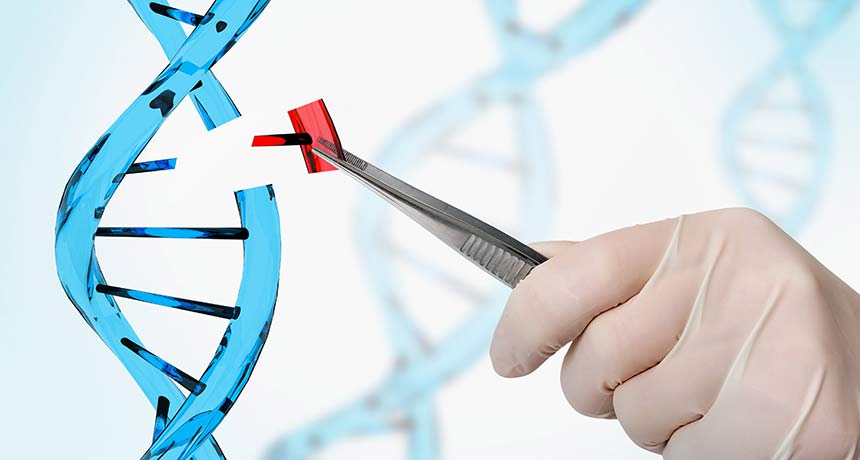
TOUCHING BASES A molecular tool that alters one DNA letter at a time may be overzealous, editing spots in the DNA it was never intended to change.
andriano_cz/istock.com

TOUCHING BASES A molecular tool that alters one DNA letter at a time may be overzealous, editing spots in the DNA it was never intended to change.
andriano_cz/istock.com